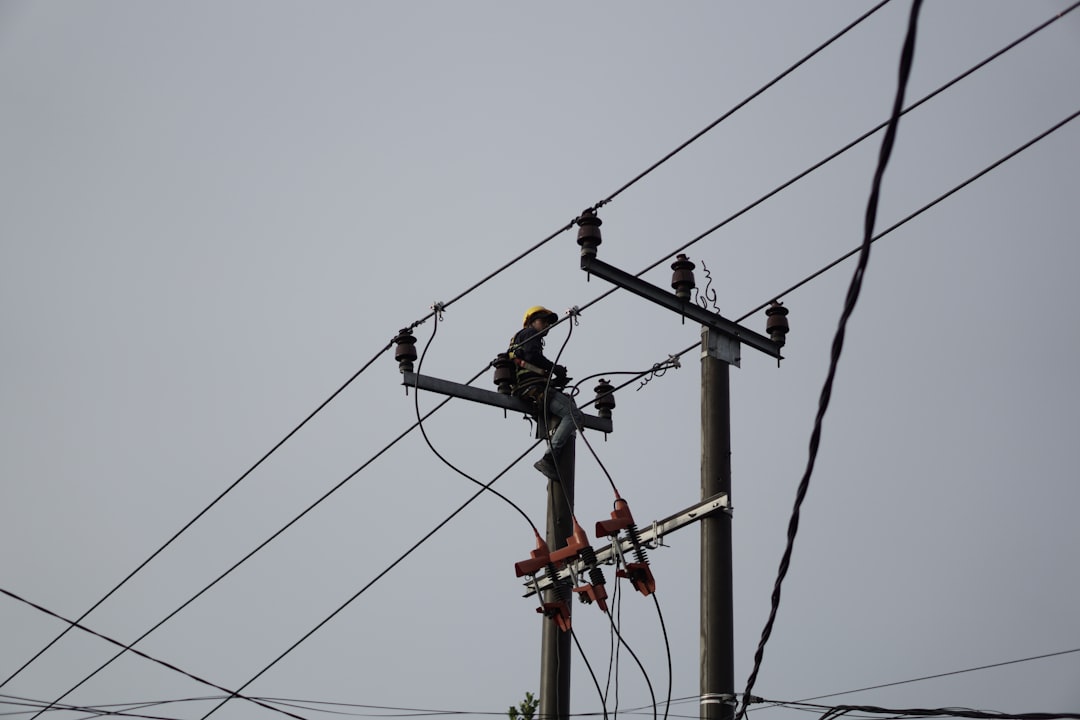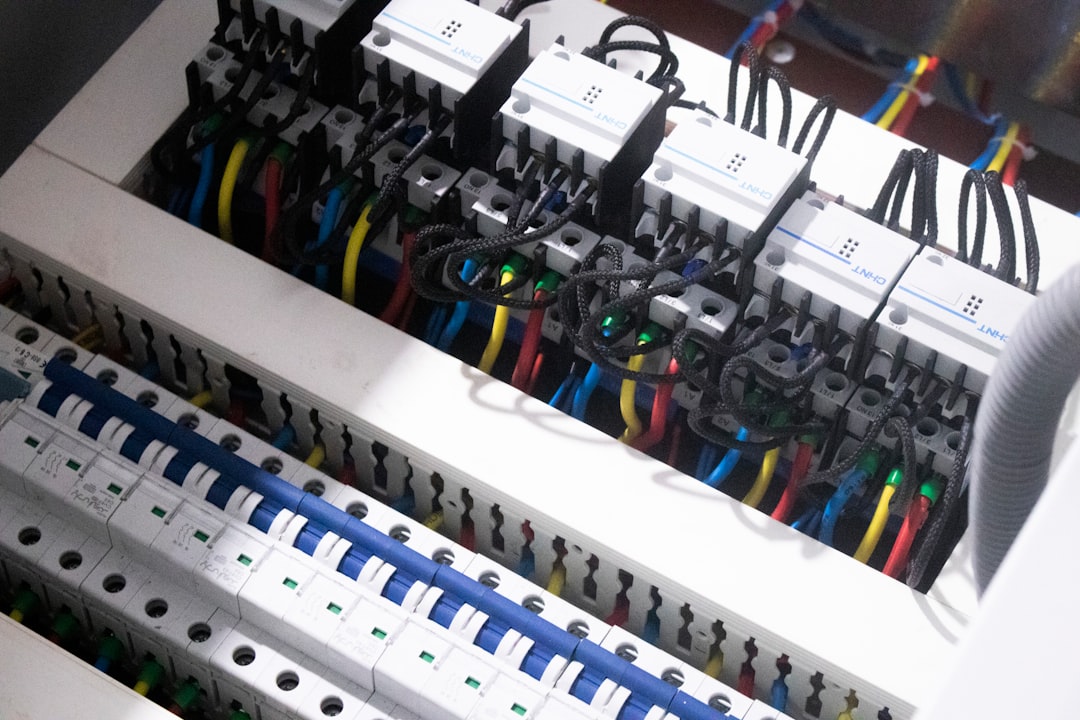How DC Arc Detection Works
DC arc detection systems identify arc faults by monitoring electrical signals for specific patterns. Key methods include:
- Frequency Analysis: Arcs produce noise in the 40–100 kHz frequency band, which can be detected using high-resolution analog-to-digital converters (ADCs) (EDN). For example, the Fast Fourier Transform (FFT) algorithm converts current signals to the frequency domain for analysis (pv magazine).
- Artificial Intelligence (AI): Machine learning models, such as back-propagation neural networks (BPNN) or convolutional neural networks (CNN), are trained to recognize arc patterns, improving detection accuracy (ScienceDirect).
- Time-Frequency Analysis: Techniques like wavelet transforms identify transient signals associated with arcs, distinguishing them from normal operational noise (MDPI).
- Autoregressive (AR) Models: These models analyze the randomness of arc current signals, using algorithms like the Burg algorithm to determine model coefficients (MDPI).

Upon detecting an arc, the system interrupts the circuit, typically within 2 seconds, to extinguish the arc and prevent further damage. Detection systems must differentiate between arc faults and normal operational noise, such as that from PV inverters, to avoid false positives.
Functionality: Detection systems monitor current or voltage for arc-specific patterns, using techniques like frequency analysis or AI, and interrupt circuits to stop arcs.

References
- EDN: Implementing Arc Detection
- pv magazine: AI tech for DC arc detection
- ScienceDirect: A DC arc detection method for PV systems
- MDPI: Time-Frequency Analysis for Arc Fault Detection
- MDPI: Autoregressive Models for Arc Fault Detection